2015 by Vanderbilt University Press
Nashville, Tennessee 37235
All rights reserved
First printing 2015
This book is printed on acid-free paper.
Manufactured in the United States of America
Book design by Dariel Mayer
Composition by Vanderbilt University Press
Library of Congress Cataloging-in-Publication Data on file
ISBN 978-0-8265-2059-3 (cloth)
ISBN 978-0-8265-2060-9 (paperback)
ISBN 978-0-8265-2061-6 (ebook)
ACKNOWLEDGMENTS
IT TOOK MORE THAN A VILLAGE to write a book like this; it took many years of the love of family and friends, the kindness and interest of peers, the inspiration of my teachers, the example of authors I admired, and many life experiences. I hope a trace of those riches remains in this book. I begin by thanking the University of Texas at Arlington for providing me with a research leave that allowed me to write for seven months without interruptionthis, after several years of other kinds of support, large and small. Several colleagues at my institution went out of their way to help me do my best work. My friend and former department chair A. Raymond Elliott selflessly supported my research agenda for many years, helping create some of the conditions that made this project germinate. Antoinette Sol, who was also my chair, volunteered for extra department service in order to give me time to finish the last two chapters of this book, to say nothing of always being a trusted friend. I thank my dean, Beth Wright, for championing my scholarship and for answering the questions I had about nineteenth-century French art. I am also grateful to Kimberly van Noort for helping me navigate my career in ways that were vital to my happiness and productivity. Becky Rosenboom and Melissa Miner made it a priority to encourage and help me, whether it was with travel, course scheduling, or anything else that affected my working conditions at the university. I cant thank them enough for being there for me. I also acknowledge the fantastic staff of the UTA Interlibrary Loan Department, for cheerfully and efficiently procuring hundreds of rare books for me.
Over the years, several teachers and mentors have played a key role in nurturing my love of Latin American studies. This book is, in some ways, an homage to them. I thank my high school teachers Janice Kornbluth, Larue Goldfinch, David Rathbun, and Josefina de la Cruz for nourishing my love of books and writing. At the University of California, Santa Cruz, my professors made me fall in love with Latin American culture and literature, as well as the study of world history. I dont think Ill ever stop idolizing them, even though twenty-five years have passed since I sat in their classes: Roberto Simn Crespi, Marta Morello-Frosch, and Norma Klahn. They tower in my heart. I also thank Bruce Thompson, whose brilliant, yearlong survey of European history and warm mentorship will never be forgotten. In my PhD program at the University of California, San Diego, I am proud to have been the pupil of Jaime Concha, Susan Kirkpatrick, and Max Parra. Their rigor as teachers, their warmth as mentors, and their confidence in me helped me succeed and made me feel a sense of belonging.
I am grateful to Julio Ortega and Stephanie Merrim for helping me when I was their junior colleague in the Department of Hispanic Studies at Brown University. They opened new doors and built my confidence as a scholar and teacher. How to thank Beatriz Gonzlez of Rice University, who for over twenty years has been reading my work and collaborating with me? Her work and her generosity gave me confidence and made my scholarship better. I also thank John Charles Chasteen of the University of North Carolina at Chapel Hill, for his friendship, and for his trust, advice, and expertise. Ill never forget how an encouraging word from him several years ago made me believe in my work and in myself when I was struggling. His fantastic books and love of writing pushed me to be more creative in the chapters that follow. Pamela Murray of the University of Alabama at Birmingham offered insights that improved this book, besides being an exemplary, supportive colleague. I thank my friend Juan Carlos Gonzlez Espitia of UNC Chapel Hill, who assisted with this project and other ones that came before it. I also thank Ronald Briggs of Barnard College and Vctor Goldgel-Carballo of the University WisconsinMadison for reading parts of this book in manuscript form. My Venezuelan friends Alejandro Contreras, Luis Felipe Pellicer, Rafael Guilln, and the extended Guilln family in Caracas opened their homes to me and showered me with countless hours of conversation and encouragement. Matthew Wyszynski of the University of Akron has been one of my most constant and loyal readers and confidants. Douglas Garca has been following me around the country for over twenty yearsvisiting my classes, sleeping on my couches, and valiantly listening to me talk about my projects. I thank him for cheering me, and reading parts of this book, and always asking to see more. Gracias hermano.
I reserve an especially warm thank you for William Acree of Washington University, who, more than any other colleague, helped me write this book. His tireless encouragement and interest in my work, his ability to analyze some of the questions I tackle in these chapters, and even his skepticism about my canonical appreciation of Jorge Isaacs were instrumental in helping me finish. Billy made the writing of this book so much less solitary than it could have been.
I thank my editor at Vanderbilt University Press, Eli Bortz, for believing in this project and in me, and for shepherding this project from speculative inception to concrete completion. In particular, Eli helped me find a voice for the Introduction, which I did not know how to write at first. The anonymous evaluators of this book made excellent, constructive comments and helped improve it significantly. If they would allow it, I would name them here. My copy editor, Peg Duthie, did a magnificent job tightening up my prose, notes, and bibliography. I am also deeply grateful for three research assistants who helped me tremendously: April Young Burns, Francisco Laguna-Correa, and Julia Ogden. One of my most talented MA students, April spent three months helping me get this project off the ground in 2011. Francisco, a talented fiction writer and a promising scholar, helped me in 2012, finding many of the sources cited in . Julia, an excellent young historian, worked with me for over a year, tracking down sources for several chapters and taming my bibliography. Her unerring instincts about what kinds of sources I needed was key to my timely finishing of the manuscript, and to some of the better passages in this book. Last but not least: Christian Nisttahuz, one of my most talented undergraduate students, read the Introduction and helped me work up the courage to make some much-needed edits.
I am also indebted to several people who helped me make this book attractive. Michael Hironymous, from the Rare Books Department of the Nettie Lee Benson Collection at the University of Texas at Austin, went out of his way to be a friendly and helpful contact in the process of procuring illustrations and scanning them. Paul Frecker, of Nineteenth Century Photography, was equally helpful and kind in helping me illustrate the pages that follow. I owe a special debt of gratitude to Wolfgang Wiggers, another fantastic private collector whose enthusiasm for this project helped me bring high-quality Mexican photographs to my readers. Ana C. Cara of Oberlin College is an excellent scholar, and a kindred spirit, so she generously shared a delightful photograph of Cocoliche with me. I thank the staff at the University of Virginia for their work scanning illustrations. I also thank Randy Smith of the Peter H. Raven Library of the Missouri Botanical Garden, for providing illustrations and permissions. At Vanderbilt University Press, I thank Dariel Mayer and Joell Smith-Borne, for helping me understand how to assess illustrations for publication and much more.


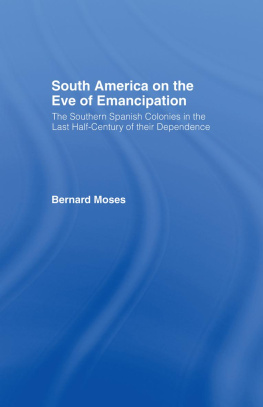
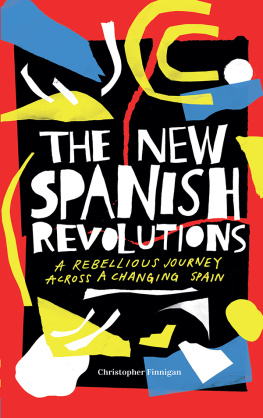
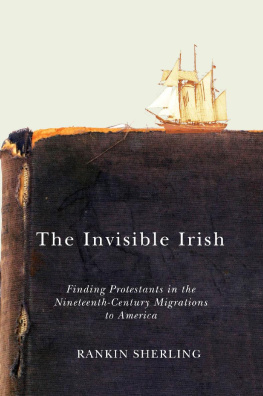
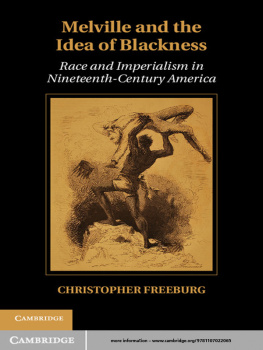
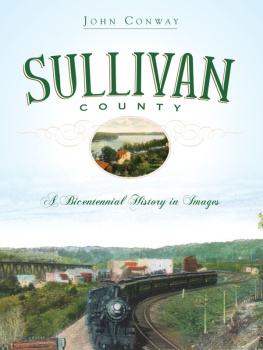
![Harvie Christopher - Nineteenth-century Britain: a very short introduction ; [in memorian Colin Matthew]](/uploads/posts/book/137651/thumbs/harvie-christopher-nineteenth-century-britain-a.jpg)

